The Future of Work is Now, and It’s Reshaping More Than the Office
Driven by rapid technology innovations, the physical and digital worlds are merging. As a result, we are witnessing seismic shifts in the way we work and in corporate real estate.
By John Forrest, Global & Americas CEO, Corporate Solutions
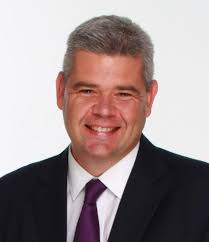 What jobs will still exist in five years? Which tasks will humans perform and which ones will be automated? Knowing what you don’t know is the first step in embracing the future of work. We’re standing on the cusp of the Fourth Industrial Revolution. Driven by rapid technology innovations, the physical and digital worlds are merging. As a result, we are witnessing seismic shifts in the way we work and in corporate real estate.
What jobs will still exist in five years? Which tasks will humans perform and which ones will be automated? Knowing what you don’t know is the first step in embracing the future of work. We’re standing on the cusp of the Fourth Industrial Revolution. Driven by rapid technology innovations, the physical and digital worlds are merging. As a result, we are witnessing seismic shifts in the way we work and in corporate real estate.
To embrace change and succeed in the era of constant, technology-driven reinvention, companies need a multi-faceted approach to their workplaces. JLL’s new Future of Work model charts a five-dimensional path to a workplace ready for the future and for real estate to achieve those goals. The five dimensions cover all aspects of the future of work:
- The human experience;
- Continuous innovation;
- Digital drive;
- Financial performance; and
- Operational excellence.
Business reinvention creates a workplace challenge
We all know that today’s multi-generational workforce requires mobility and flexibility. The new “liquid” workforce requires alternative work styles and demands new environments and locations beyond the traditional office. Already, companies are using technologies such as artificial intelligence, the Internet of Things and robotic process automation (RPA) to unlock new sources of growth.
The business environment itself has been upended. It is hyper competitive. Converging industries and shortening product lifecycles are forcing companies to innovate more aggressively and to transform constantly. There is a new world order among the largest corporate players: Five of the top six largest companies last year were tech firms. Ten years ago, only one tech player made the list. Economic and political uncertainties across the globe only accelerate the change. These macro issues are placing upward pressure on costs and heightening risk profiles.
Some are laser-focused on agility, outsourcing and automating non-core work. Others are shedding fixed assets, while creating networks of workplaces including company offices, co-working spaces, employee home offices, airport lounges and more.
Companies that value in-house collaboration, meanwhile, are seeing their workplaces in a new light and designing them to promote creativity and to accommodate ideation.
Five dimensions of workplace and corporate real estate
We believe that it is essential for companies to take a visionary approach and embrace the Future of Work now. We know organizations need solutions to the issues they are facing today, such as increasing regulation, slimmer margins, sophisticated customers and employees, competitive diverse talent pools and inescapable, all-pervasive technology.
Our new model is a road map for embracing the changing world of work. It shows why real estate is an essential piece of the puzzle and provides the steps necessary for companies and their corporate real estate teams to lead through change and disruption.
For many years, cost control was top of mind for most of our clients. Now we are seeing a major shift towards the integration of all five dimensions of our model. It’s not just about the buildings, but what happens inside them.
Our experts will use the Future of Work model to introduce leading practices to help organizations understand, prepare and elevate the dialogue on the Future of Work. It will also be used to engage executive management to take action, drive performance and achieve an organization’s ambitions.
What’s next?
At JLL, launching the Future of Work is just the start of the journey for us. We are already guiding organizations along the path, preparing them for the future. Technology and financial service companies are already leading the charge. For other industries, the journey will take more time and evolve nuances particular to their business.
Rising to the challenge of the future of work involves many moving parts. The smart corporate real estate teams will create spaces inspired by their company’s vision. They’ll stay agile, and continuously pilot new ideas and environments.
The workplace will lead the business through these times of change.


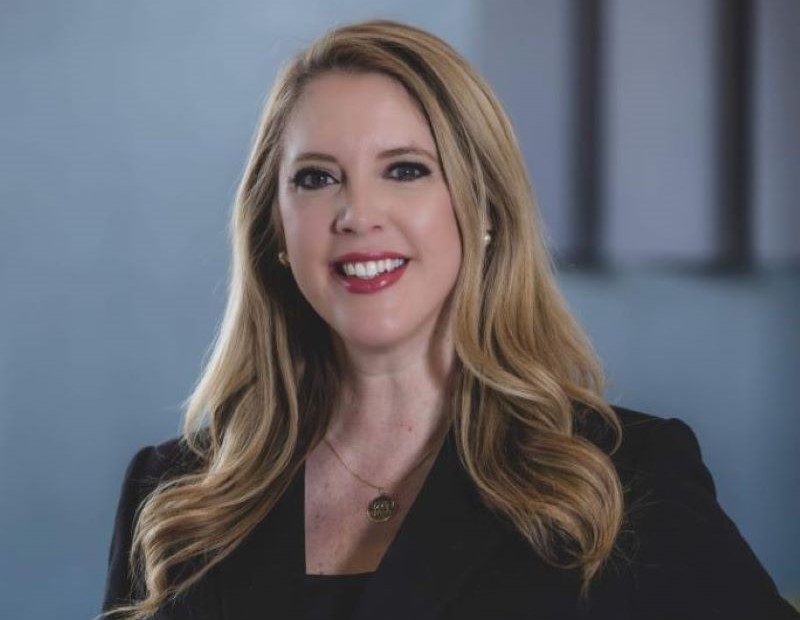
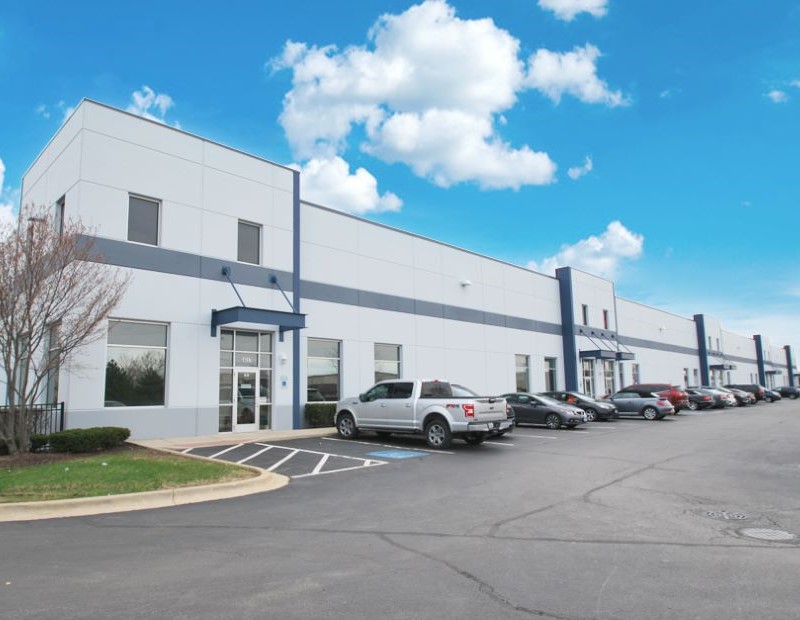
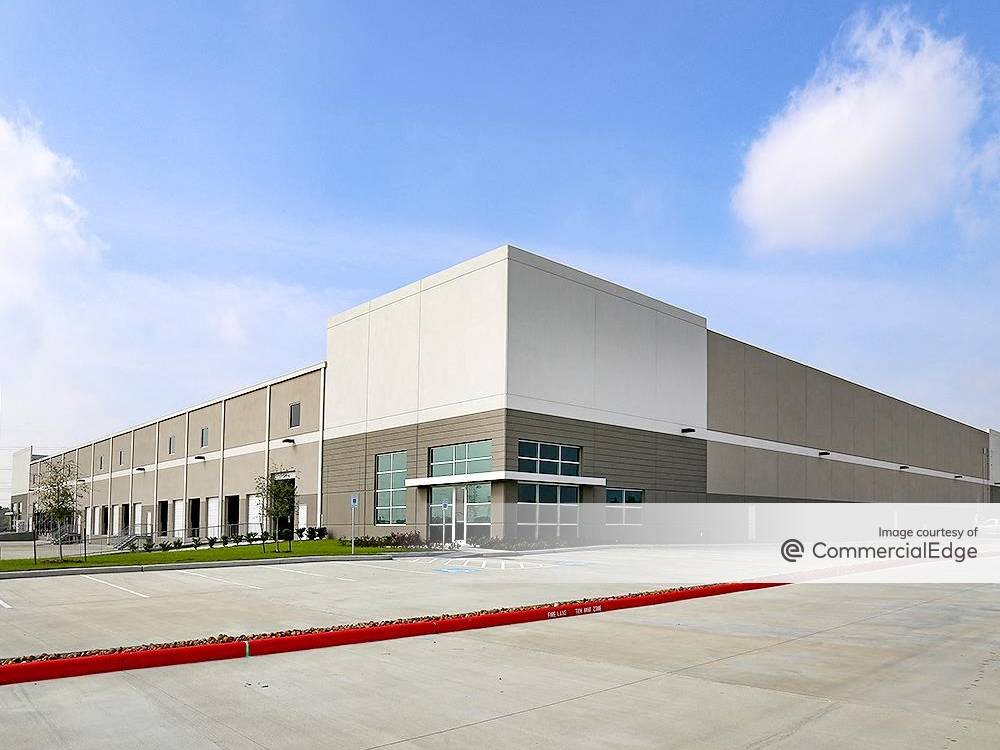
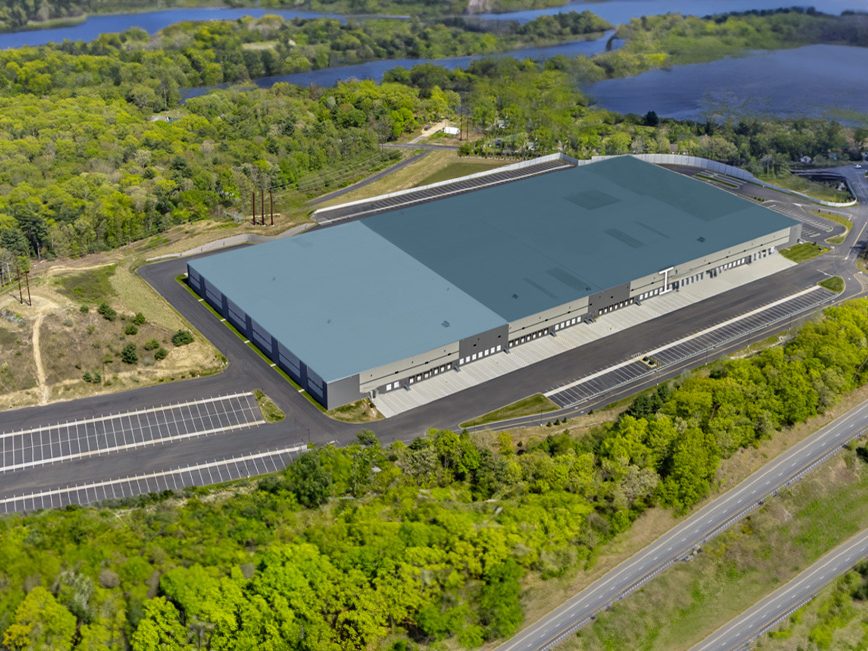

You must be logged in to post a comment.